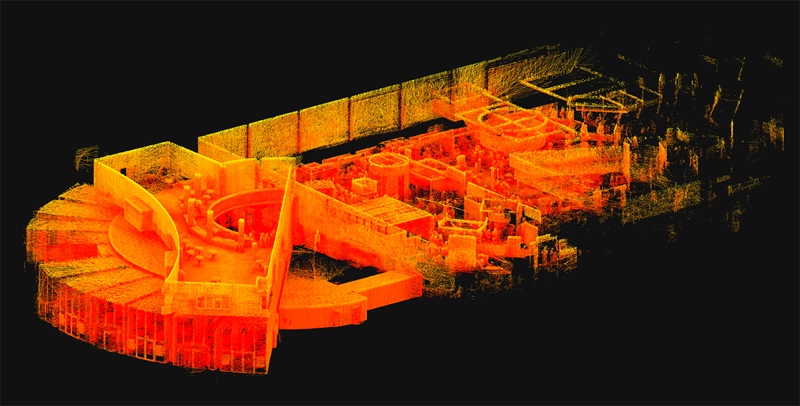GeoSLAM’s new CEO Richard Betts wants you to know he’s going to change things up.
“I’m from outside the industry,” he told SPAR 3D. “That’s something that the shareholders in the business were keen to get, somebody that would bring a new dynamic to GeoSLAM, and not, if you like, go down the traditional industry path.”
What does he mean by avoiding the “traditional industry path?”
“At the moment,” he said, “what I see in the industry is some clever technologies, and I don’t believe a lot of companies are positioning them as end solutions. The real play for us is to deliver the whole thing—capture, processing, right through to the end, and also to have that focused on particular vertical markets.”
To that end, GeoSLAM is aligning itself with experts in various industries to “understand the end position that they want to achieve, and then work back from that to deliver it—rather than starting with the technology and seeing if we can make it fit.”
Expanding to New Markets
GeoSLAM can’t accomplish its expansion goals with only its own products. Instead, the company will work with software providers in each market, partnering to solve the industry problems together. That means making its software “as open as possible,” to enable interoperability. It also means making its well-respected SLAM algorithm available to new hardware vendors in the future, much as they did with Surphaser to produce the SurphSLAM indoor mapping unit.
Surprisingly, GeoSLAM will also be leaving behind its focus on indoor mapping.
“I would say that our approach is to do overall mapping,” Betts said, “and to make mapping available to everybody. It just so happens that the indoor piece obviously plays to our strengths, but we don’t see ourselves as being indoor only. We see that as part of the solution. We really want to be a technology provider that enables the world around us to to be captured quickly and simply.”
Low Cost?
Many 3D tech companies that aim to “make mapping available to everybody” reach for that goal by manufacturing low-cost devices that appeal to budget-sensitive customers. Betts told me that GeoSLAM won’t participate in the low-cost game.
“It goes back to what I was saying before, that it’s about return on investment and value,” he says. “There are definite newcomers to the market that are driving the price down, but they’re focusing on the technology price. I’d like to think we’re focused on fixing customer problems.”
In other words, Betts says the new GeoSLAM is not about producing a “clever technology” at a low price, but instead producing a solution to a real, industry-specific problem in a way that generates value for the customer.
“If we can fix a problem and make a customer a good return on investment, that’s really our focus.”






